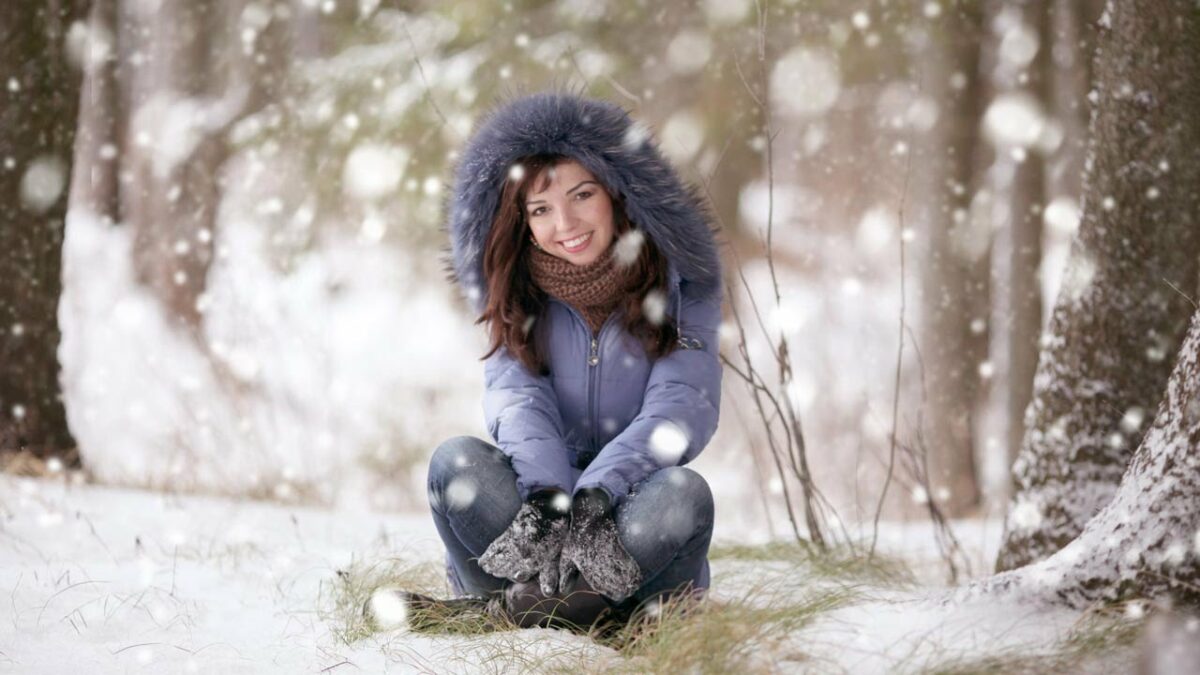Winter’s embrace brings with it the enchanting beauty of snow-covered landscapes, evoking a sense of wonder and tranquility. In the realm of digital artistry, replicating the ethereal charm of snow in Photoshop opens up endless creative possibilities. In this comprehensive tutorial, we embark on a journey through the art of crafting realistic snow in Photoshop, transforming ordinary scenes into breathtaking winter wonderlands.
Section 1: Introduction to Snow in Photoshop
1.1 The Magic of Snow
Snow, with its delicate crystalline structure and soft, powdery texture, lends an aura of serenity and purity to any scene. Replicating the charm of snow in Photoshop allows artists to infuse their compositions with a touch of seasonal magic, regardless of the time of year.
1.2 Importance of Realism
Creating realistic snow is paramount to capturing the essence of winter in digital art. From the subtle interplay of light and shadow to the unique shape and movement of snowflakes, attention to detail is key to achieving believability and immersion.
Section 2: Setting the Photoshop Stage
2.1 Create a New Canvas
Begin by launching Photoshop and creating a new canvas. Consider dimensions that suit your desired composition, ensuring ample space to work with and allowing for flexibility in scaling and placement.
2.2 Selecting the Base Image
Choose a suitable base image that serves as the backdrop for your snowscape. Whether it’s a serene forest, a bustling city street, or a majestic mountain range, the base image sets the stage for the snow to weave its magic.
Section 3: Crafting the Snow Effect
3.1 Brush Tool for Snowflakes
Utilize Photoshop’s Brush Tool to paint snowflakes onto your canvas. Select a brush with soft, irregular edges to mimic the intricate patterns of real snowflakes. Experiment with varying brush sizes and opacities to achieve a natural, randomized distribution.
3.2 Layering for Depth
Layering is crucial in creating depth and dimension within your snowscape. Build up multiple layers of snowflakes, varying the size, density, and opacity to emulate the dynamic nature of falling snow. This step adds realism and visual interest to your composition.
Section 4: Adding Depth and Realism
4.1 Blending Modes for Integration
Experiment with blending modes to seamlessly integrate the snow layers with the base image. Soft Light, Overlay, and Screen are commonly used blending modes that enhance the luminosity and depth of the snowflakes while preserving the underlying details of the scene.
4.2 Gaussian Blur for Depth of Field
Apply a subtle Gaussian Blur to the snow layers to mimic the effect of depth of field. This technique simulates the visual softness and depth perception associated with snowfall, creating a more immersive and atmospheric composition.
Section 5: Embracing Light and Shadow
5.1 Light Sources and Highlights
Consider the direction and intensity of light sources within your composition. Enhance the realism of your snowscape by adding highlights and reflections to the snowflakes, aligning them with the ambient light to create a sense of luminosity and sparkle.
5.2 Shadows and Ambient Occlusion
Introduce shadows and ambient occlusion to ground the snowflakes within the scene. Pay attention to the interaction between light and surfaces, casting subtle shadows beneath protruding objects and along uneven terrain. This step enhances the sense of realism and immersion in your snowscape.
Section 6: Fine-Tuning and Refinement
6.1 Color Adjustments for Cohesion
Harmonize the color palette of your snowscape through selective color adjustments. Consider adding hints of cool blue tones or subtle warmth to evoke the mood and atmosphere of winter. Aim for cohesion and balance between the snow and the surrounding elements.
6.2 Detail Enhancement and Texture
Refine your composition by enhancing details and texture throughout the scene. Add depth to foreground elements, such as trees or buildings, by selectively sharpening edges and enhancing textures. This step adds visual interest and enriches the overall narrative of your snowscape.
Section 7: Final Touches and Exporting
7.1 Atmospheric Effects for Immersion
Elevate the atmosphere of your snowscape by incorporating subtle atmospheric effects. Consider adding a gentle haze or mist to evoke the tranquility and depth of a winter landscape. These atmospheric nuances enhance immersion and evoke a sense of wonder in the viewer.
7.2 Saving and Sharing Your Snowscape
Once satisfied with your snowscape masterpiece, save your Photoshop project and export the final image in your preferred format. Share your creation with the world, whether it’s for digital art portfolios, social media, or seasonal greetings, and let the magic of snow inspire awe and admiration.
Conclusion: Capturing the Essence of Winter
In this immersive journey through the creation of realistic snow in Photoshop, you’ve unlocked the secrets to transforming ordinary images into captivating winter wonderlands. From delicate snowflakes to ambient lighting, each element contributes to the enchanting allure of a snowscape. As you continue to explore the boundless possibilities of digital artistry, remember that the magic of snow transcends mere visual aesthetics—it’s a timeless symbol of serenity, renewal, and the inherent beauty of nature. So, embrace the wonder of winter, and let your imagination soar as you craft breathtaking snowscapes that evoke the timeless enchantment of a winter wonderland.
